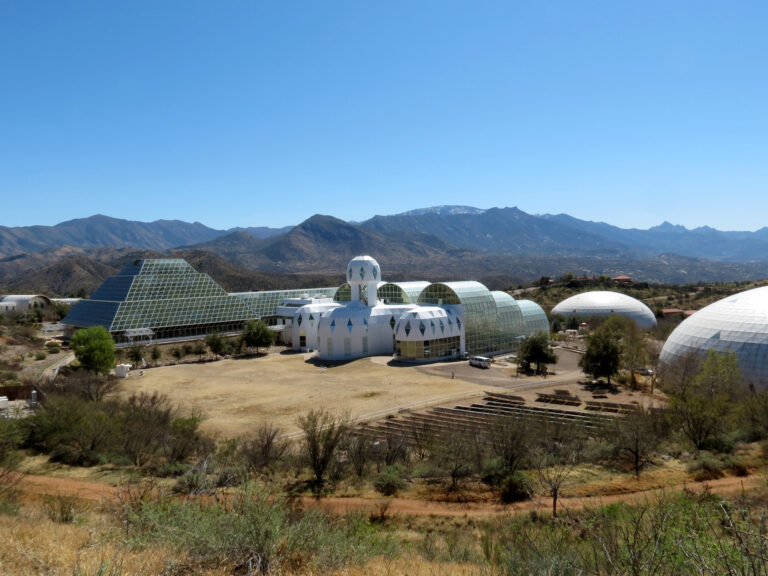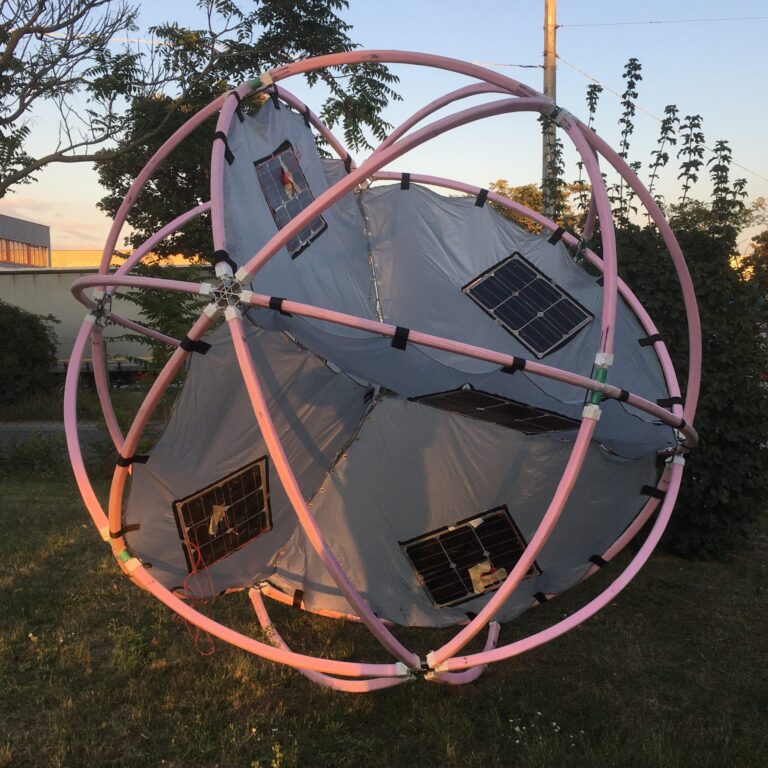Key Takeaways:
The Philae lander’s awkward landing six years ago exposed some of the oldest, most pristine ice in the solar system, and showed that in some areas, the comet’s snow is packed so loosely it is mostly empty space — more like cotton candy than the rocks it resembles, according to O’Rourke’s new research.
“Every time we go look at a comet nucleus in person, in situ, we find something we haven’t thought of, something we didn’t expect. So that’s the preface of everything: comets are weird,” said Gal Sarid, a planetary scientist at Science Systems and Applications in Lanham, Maryland, who was not involved in the research.
The Philae lander arrived on the surface of Comet 67P nearly six years ago, but it didn’t land quite right. Its harpoon failed to attach it to the comet’s surface as planned, so Philae bounced twice and flipped on its side, only to lose power in the dim light. It also had difficulty drilling into the comet surface. Philae transmitted data to the Rosetta orbiter for three days before going dark.
Scientists led by O’Rourke pored over thousands of pictures during the next year and a half before they finally found Philae’s resting place. But no one knew exactly how it came to rest where it did, because scientists couldn’t see all the impact points. When he scrutinized the images, O’Rourke saw something unusual.
“In all the images I’ve seen, everything looks bright. But this one just looked a bit more artificial or ‘manmade,'” he said.
Today, in the journal Nature, O’Rourke and colleagues describe the two locations where Philae tumbled like a cartwheeling gymnast, carving out comet chunks in the process. Its windmill motions scraped off the fluffy surface and boulders of 67P and exposed fresh, bright reflective ice. One of the bounce locations carved out features that resemble a skull, which is one reason O’Rourke was pleased that his new paper was published the week of Halloween.
The marks of Philae’s passage revealed that the ice was not firm at all, but rather more like cotton candy or fresh alpine powder. If you pressed down on it, it would compress easily, which is what happened when Philae bumped it, O’Rourke said. “When you go outside and you put your foot into the snow, it is very soft at first, and then it gets harder as you compress it more,” he said.
The material is cohesive, but it’s nearly 80% empty. If Earth snow is like a regular block of cheese, the comet snow where Philae landed is more like a block of Swiss cheese, “or cheese that has been eaten inside by a mouse,” Sarid said. “The cheese is the same, but the compressive strength is different.”
O’Rourke and the Philae team say the results could have implications for future comet missions, or even missions to harvest material from the dirty snowballs left over from the birth of the Sun and planets.
“Rosetta changed our understanding of comets, and how they work and how they wake up and go back to sleep,” O’Rourke said. “But for Philae, even years later, to give us this insight into the inside of a comet, that’s really quite special.”
This story was originally published with Inside Science. Click here to read the original.










